“In great cities, the great buildings tell you things you don’t know and remember things which you’ve forgotten. It’s a collective wisdom, an engine superior to your own intelligence. Architecture is the biggest unwritten document of history.”
—Daniel Libeskind, We mustn’t forget the deep emotional impact of the buildings around us – Special to CNN – 7/1/2015
“One century’s building is another century’s useful aberration.”
— Jane Jacobs, The Life and Death of Great American Cities
When great cities forget their great buildings, it evokes images of falling giant trees, burning libraries, blue whale victims losing their grips over ledges, abandoned parents, distant wails of unborn children, and wasted memories. A visit to the Victoria Students Hostel was one such experience, aberrations from the past.
The Location
The Victoria Students Hostel is located in Triplicane, the heart of Chennai, tucked away on a road bearing its name. Relatively unused, the road has few other building barring the Kasturba Gandhi Hospital. Originally established in 1885 as “The Royal Victoria Gosha (purda) Hospital for Women”, it relocated here in 1890. Many tragic factors account for the lack of familiarity and support for the Victoria Students Hostel. Firstly, it is locaated on a light traffic road. Secondly, it has its back to the road, as it was built facing the Buckingham Canal. This was perhaps to face the college and the sea, and to receive the cool evening sea breeze. The Canal was the prime means for travelling to other parts of the city in gently moving country boats. Thirdly, the hostel is also almost invisible from the derelict road on the other side of the Canal.
The beauty of the building is thus unknown to the public. The road is parallel to the Buckingham Canal, connecting the “Wallajah Road end” of the Chepauk stadium with Pycrofts Road. Its tree-lined vista is redolent of a bygone era when most Chennai roads had trees on both sides, branches entangled. In the shady tracks below, bullock carts lazily ambled along. Traders crossed with long, weight-laden bamboos over their shoulders. Men and women strolled around half-clad. A few stray dogs trotted about their secret missions.
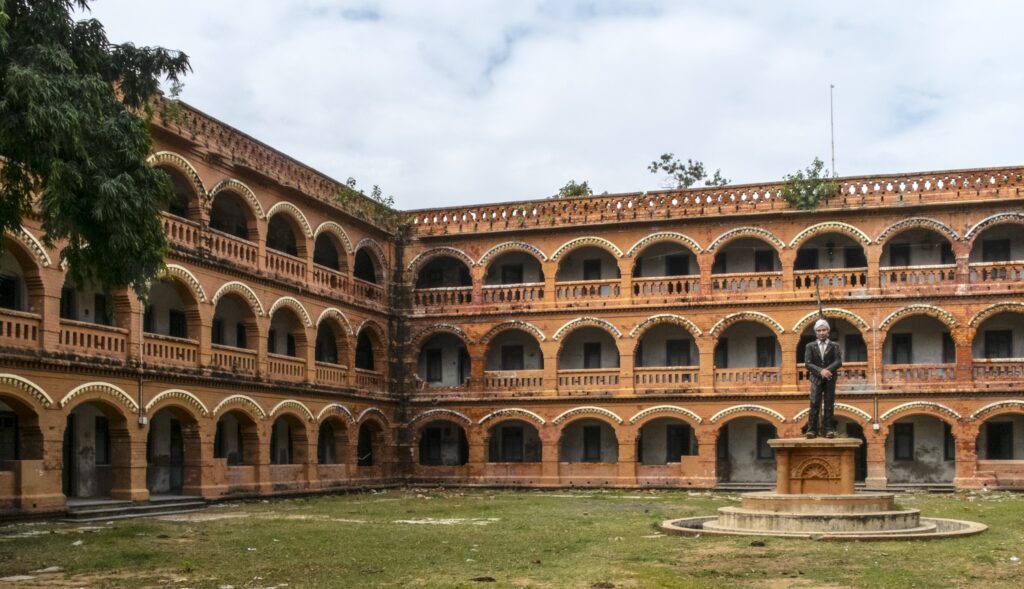
History of Victoria Students Hostel
Ranganada Mudaliyar
It was in such an era that the Victoria Students Hostel was opened in 1901, built in memory of Late Rao Bahadur P. Ranganada Mudaliyar, Professor of Mathematics at the Presidency College. Made professor in his early 30s, he was a one-time official Tamil translator to the Madras Presidency, member of the Hunter Commission on Education, and Sheriff of Madras, before dying at the age of 45. Rt. Hon. Beilby Lawley, the 3rd Baron Wenlock, then Governor of Madras, laid the foundation stone in 1895. Scarred remains of a plaque commemorating this event remains hidden behind an iron fence.

Robert Chisholm
The building, made of wire-cut red bricks, has the signature architectural features of Indo-Saracenic buildings. The style was pioneered by the legendary Robert Fellowes Chisholm, Consulting Architect to the Government of Madras. Chisholm designed several landmark buildings in Chennai. These included the Presidency College, PWD Office, Victoria Memorial, P Orr and Sons, and the University Senate House. He also designed the Napier Museum in Trivandrum, the Bombay Municipal Office, and the Laxmi Vilas Palace in Baroda.
Henry Irwin
But, the Victoria Students Hostel appears to have been designed by Henry Irwin. He became Consulting Architect in 1888, and continued the tradition of designing buildings in the Indo-Saracenic style. The other Irwin buildings in Chennai include the Madras High Court, Law College, Connemara Museum, and State Bank of India. So does the elegant Amba Vilas Palace, the Mysore Palace of the Maharaja of Mysore. The Viceregal Lodge and several other buildings in Shimla are also his. So are Christ Church, Pachmarhi, and the American College, Madurai. Henry Irwin died at his residence in Ooty (Udhagamandalam), in 1922. Irwin apparently did not complete the construction of Victoria Students Hostel, as his term as Consulting Architect ended in 1896.
The hostel, though located behind the Presidency College, initially accommodated students of other colleges also. These included the College of Engineering, with a lineage going back to 1794. It was then located at nearby Khalsa Mahal, the Southern wing of the Chepauk Palace. When the College of Engineering moved to Guindy in 1920, the hostel became exclusively that of the Presidency College.
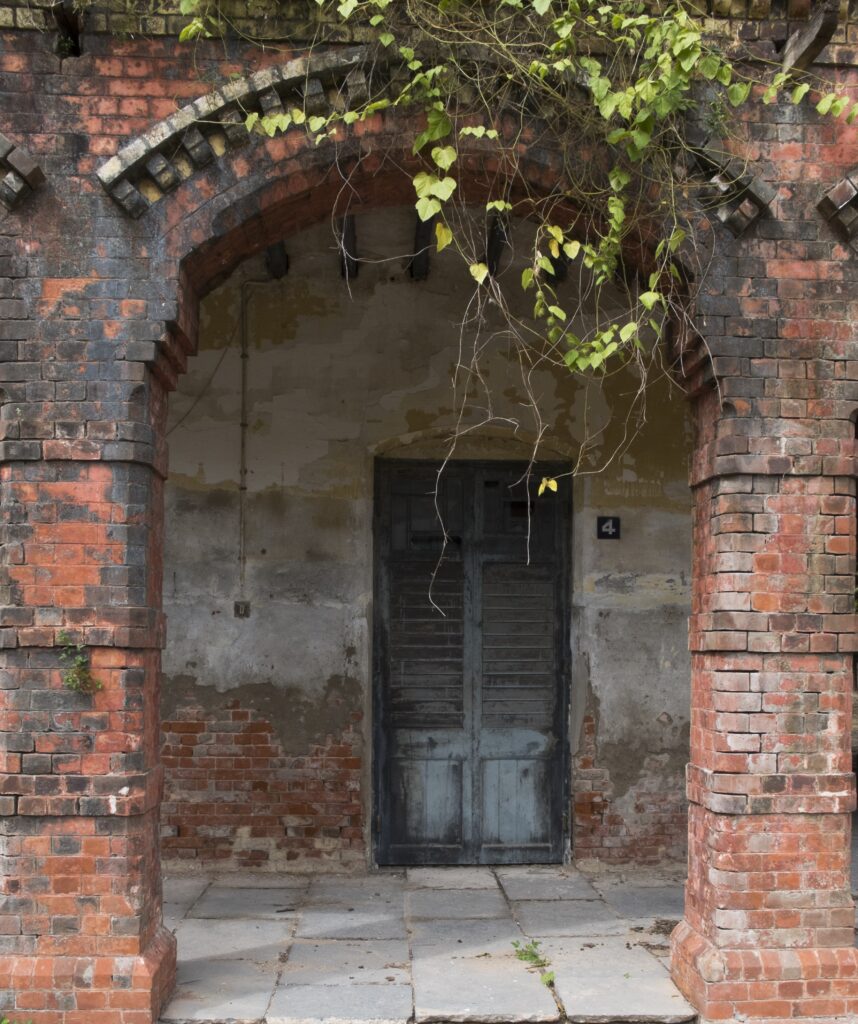
Presidency College
Presidency College is the only Indian college (till December 2019) to have produced two Nobel laureates, C.V. Raman and S. Chandrashekhar. (Note: Presidency College, now Presidency University, Kolkata, joined the list in 2019). Its alumni also includes Srinivasa Varadhan, winner of the Abel Prize, considered the mathematics equivalent of the Nobel. All of them could very well have stayed at the hostel or been its frequent visitors. The other residents could have included the Benegals of the ICS, Narsing Rau and Rama Rau, and their two brothers.
Apart from Benegal Rama Rau, two other Reserve Bank Governors studied here, S. Jagannathan, and M. Narasimham. And then there were Field Marshall KM Cariappa, VK Krishna Menon, and C Subramaniam. Also a string of other bureaucrats, judges and scientists. OV Vijayan, the writer and cartoonist, and Pothen Joseph, the journalist. Dr. P.P. Pillai, the first Indian to join the League of Nations secretariat, also studied here
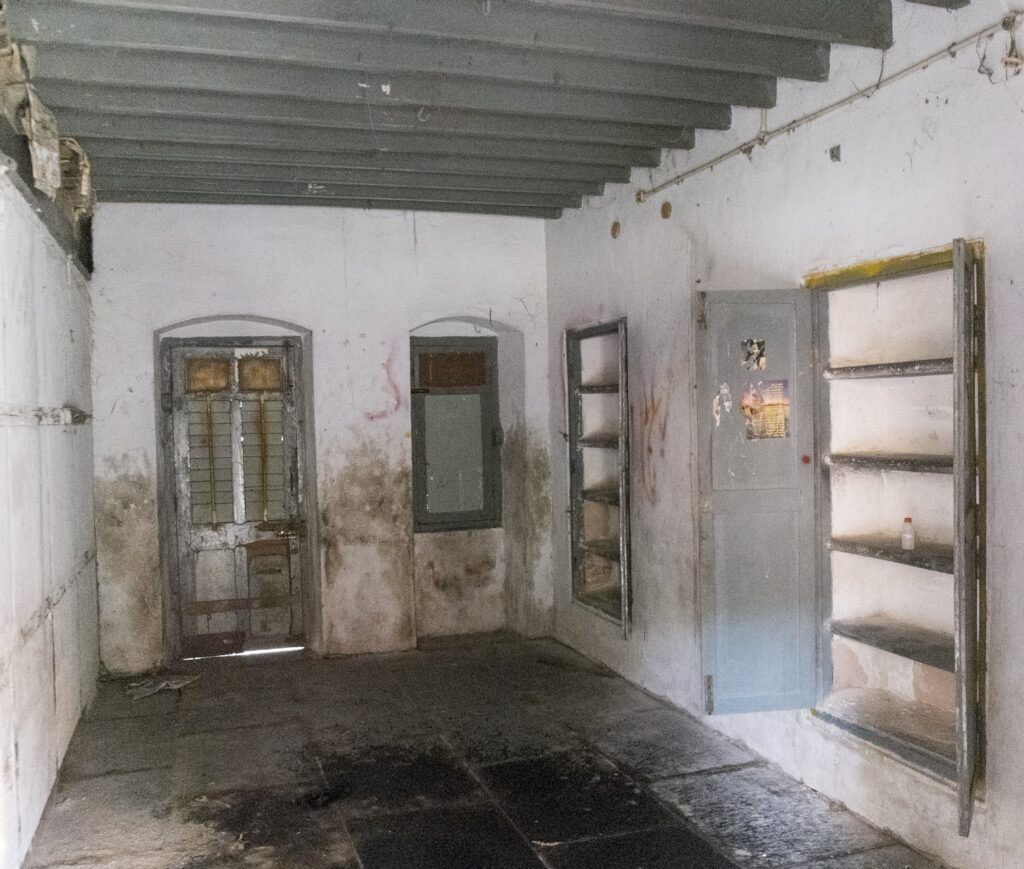
Visitors to the Victoria Students Hostel
At the request of the students, Mahatma Gandhi addressed them at the Victoria Students Hostel during his first visit to Madras in 1916. His condition was that he would do so at 4.30 a.m. which the students readily agreed to. Apart from others who addressed the students, like C. Rajagopalachari, a former student at the College, and Dr S. Radhakrishnan, who taught at the College, there were also many part-time residents.
Robert Kanigel, in his biography of Srinivasa Ramanujam (The Man Who Knew Infinity, 1991), already a legend, described the hostel as “a large red and black brick structure whose turrets and three stories of brick-columned arches looked as if they had been transplanted intact from England.” He wrote that the young genius stayed at the hostel in 1910 as a guest of one of his students from Kumbakonam. Impoverished and already married, he would head out, from room to room, and maybe even outside, searching for students to tutor. He was unsuccessful, given that his maverick reputation preceded his knock at the door. But, he savoured and remembered for long, the rasam that the hostel served. Perhaps even when rasam was his lifeline during his TB-infected Cambridge days. Ironically, complaints regarding food quality was a reason for closing the hostel.
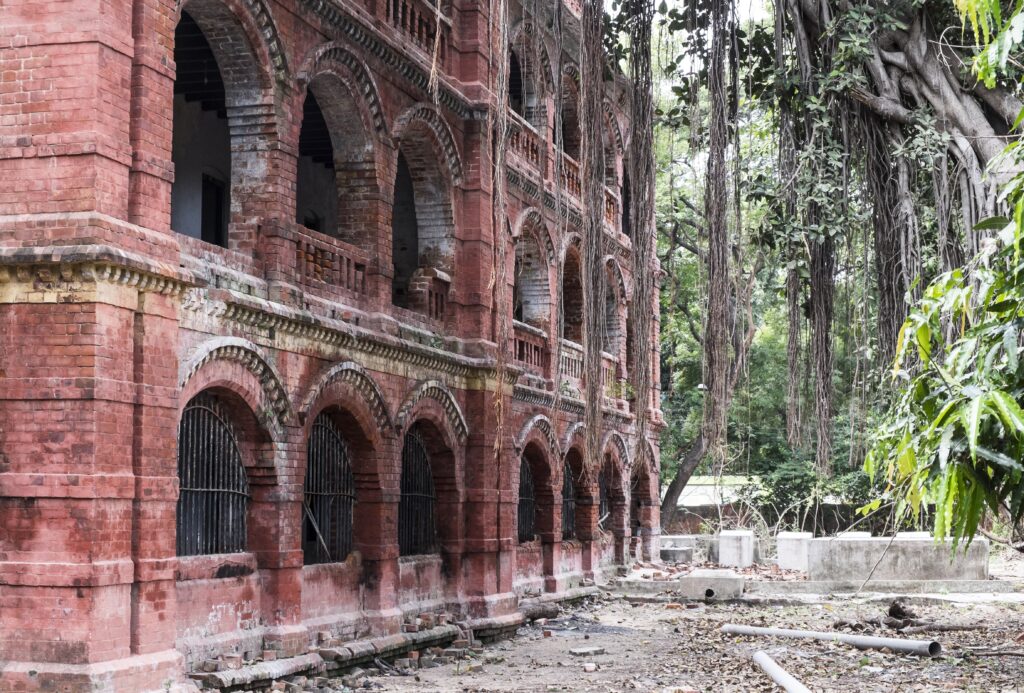
Layout of the Victoria Students Hostel
Warden’s bungalow
On entering the hostel premises through the Northern gate, one first sees a stately red, two-storied bungalow, with venetian blinds and corridors going round both the floors, that does not seem to have been occupied for some time. Is this where Col. Henry Davison Love, Principal of the College of Engineering from 1880 to 1907, with a few gaps, and whose four volume history of Madras is standard reference for historians of the city, lived at the fag end of his career? Did Love stay at this Warden’s bungalow, as S. Muthiah, the historian of old Madras writes, or was there a separate Principal’s residence, named The Lodge as per some reports, which could already have been pulled down?
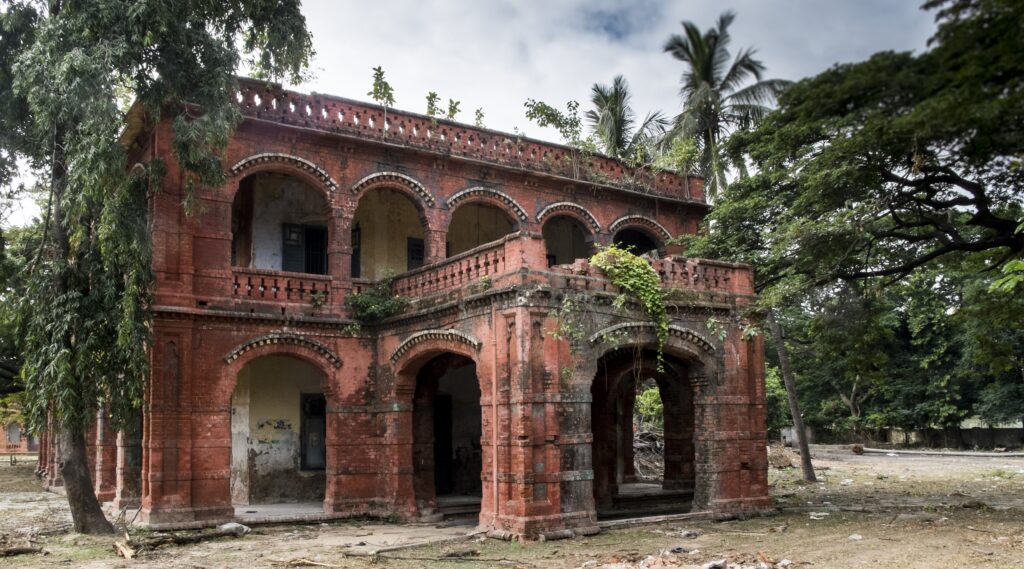
Victoria Students Hostel building
Further beyond the backside of the bungalow is the three-storied and U-shaped hostel, with stately arches typical of the Indo-Saracenic style. There is a statue, presumably of Prof. Mudaliyar, occupying the centre of what was once a lush green lawn. Fragments of the cemented pathways lead to the statue from all sides. The front gate and the spires of the iron grilled fence enclosing the lawn, found in old photographs of the hostel, are missing.
On entering an open room, after crossing the Madras terraced roof corridors, one finds it long and airy. The doors and windows have venetian blinds at both ends, and two spacious bookshelves on one side. The Cuddapah stone floors are in good condition. The walls seemed to be aching to share a few reminiscences. Built, no doubt, on the lines of Oxbridge hostels, where the architecture itself is educative, it instils awe and humility.
Mess and reading rooms
One can only guess the locations of the hostel mess and reading rooms. The vast outdoor expanses, where some construction activity is going on behind tall aluminium sheets, would have provided ample space for sports and other activities, or simply lounging around on the iron sofas under the shade of the numerous trees.
Warden’s Office
To the right of the hostel, a corridor leads to the back of the bungalow, where on a wooden plaque is written “Warden” indicating that it was an entrance to his office, and confirming that the bungalow was his residence. To its left, on the wall before the steps going to the first floor, is a notice in Tamil dated 7 April 2017, stating, among other things, that the building is 116 years old, that someone had slipped and fallen, and hospitalised, the students were shifted from second floor to the lower floors, and that a new one will be built to accommodate 500 students.
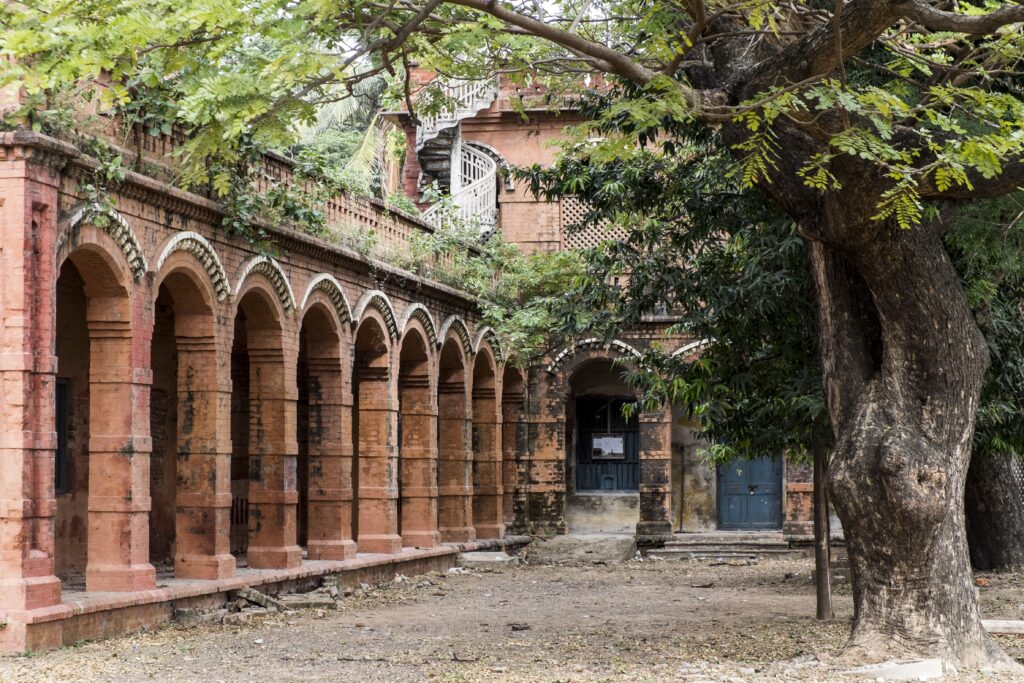
Present position of Victoria Students Hostel
The Victoria Students Hostel was in use until recently (writing in 2018), though in bad upkeep. To a lay person, the building is as sturdy as any of the Chisholm structures, and could easily stand a few more centuries with appropriate repairs and maintenance. While the parapets on some floor on the backside seem to have fallen, a July 2016 photo of a student demonstration shows the front side to be more intact than it is now. The silver coloured iron spiral staircase leading to the terrace of the bungalow, from its first floor, remains a mute witness.
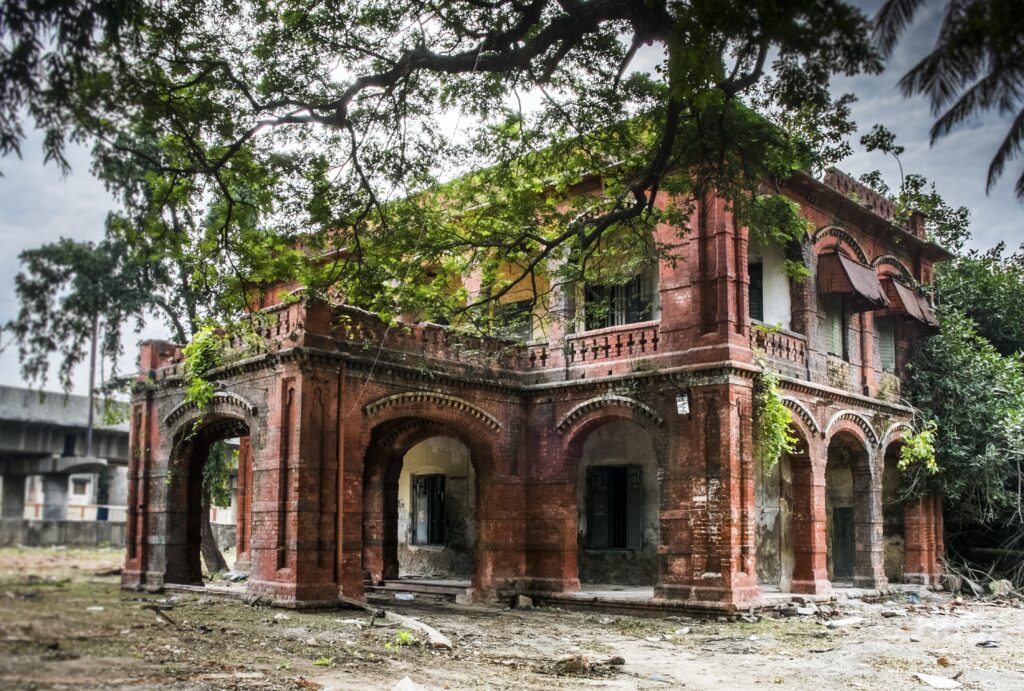
What next
One wonders whether the objective of additional accommodation for students could not have been achieved by building extensions to the hostel, in a sympathetic manner (as done for Chennai Central and Egmore stations), retaining the charm of the original structure. Irwin does not seem to have seen through the construction of the hostel, as his term as Consulting Architect ended in the year 1896. To borrow from Jane Jacobs, with cost of replacement higher than cost of repairs, one should factor in the need for older buildings especially in what is an undeclared heritage district of the city. The lack of modern amenities nearby, and not just the food, and the need to take a circuitous route to walk down to the College probably explains the lack of support for the hostel from the present students of the College.
If the Victoria Students Hostel had been more visible and located on, say, Mount Road or Marina Beach Road, it would have earned more vocal support from local conservationists. The hostel authorities would do well to take a leaf from the book of Madras PWD, which has done a remarkable job of renovating part of the almost fully gutted Khalsa Mahal, located nearby. Such renovation awaits the rest of Khalsa Mahal, and its twin, the Humayun Mahal, which together constitute the Chepauk Palace, their beauty and majesty hidden behind ugly modern structures.
As one leaves…
Finally, as one leaves the compound, and pulls into the bridge over the Buckingham canal, there is a rude awakening from the past. The traffic is thick, there are a few bikers making a crude manoeuvre over the footpath, outsmarting rest of the traffic and threatening pedestrians with their speed, some others coming in from the wrong side, and there is a chilling waft of stench from the Buckingham Canal. Hopefully, the Indo-Saracenic structure, listed as a heritage structure by the High Court, would stand to see another century. Distant wails grow fainter … wonder which are the aberrations!
A different version of this article was first published in Business Standard dated 3 February 2018 under the title Distant Wails from a Bygone Era: The Victoria Students Hostel. The footnote in the original draft read as follows:
[Sreekumar] lives in Mumbai and works in the area of money and finance. As a student of the College of Engineering, Madras, then at Khalsa Mahal, Chepauk Palace, his great grandfather was one of the early residents of the Victoria Students Hostel from 1904-07. Thanks to Hari Ratan for his detailed comments and photographs, and to several others for their comments and encouragement.
![]()